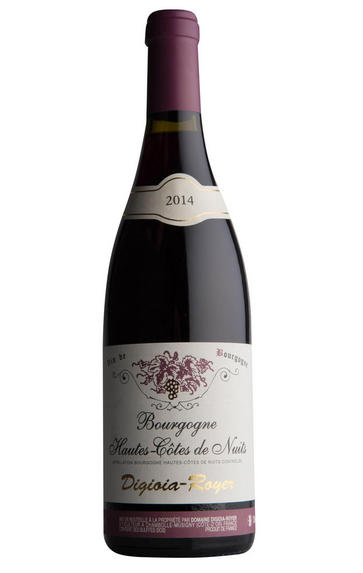
2014 Bourgogne Hautes-Côtes de Nuits, Domaine Digioia-Royer
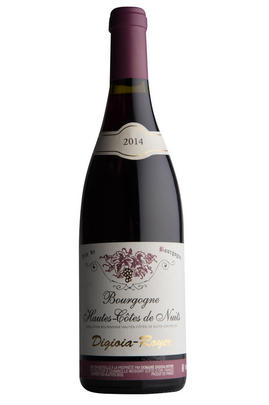
Critics reviews
Neal Martin - 31/12/2015
About this WINE
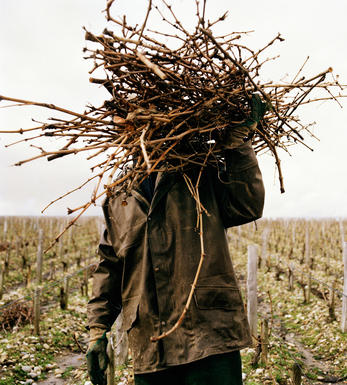
Digioia-Royer
This Burgundy domaine run by Michel Digioia comprises fewer than 5 hectares, but much of that is in generic Bourgogne of one form or another. There are 1.70 hectares of village Chambolle from 7 different lieux-dits, as well as a good holding (0.70ha) of Fremières which is bottled apart and two miniscule plots of 1er cru in Les Groseilles and Les Gruenchers. Delicious wines.
He has a quality-orientated philosophy of the highest order and this led to making two green harvests in 2000 to ensure low yields and excellent fruit. Michel is a welcome addition to our increasing ranks of high quality Burgundy growers.
Jasper Morris MW, Burgundy Wine Director and author of the award-winning Inside Burgundy comprehensive handbook.
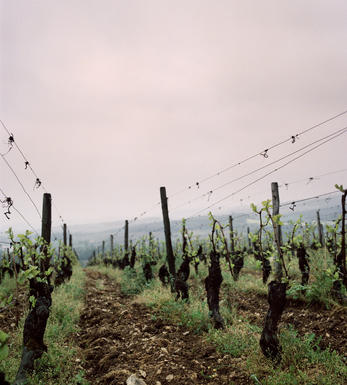
Bourgogne Rouge
Bourgogne Rouge is the term used to apply to red wines from Burgundy that fall under the generic Bourgogne AOC, which can be produced by over 350 individual villages across the region. As with Bourgogne Blanc and Bourgogne Rosé, this is a very general appellation and thus is hard to pinpoint any specific characteristics of the wine as a whole, due to the huge variety of wines produced.
Around 4,600 acres of land across Burgundy are used to produce Bourgogne Rouge, which is around twice as much as is dedicated towards the production of generic whites.
Pinot Noir is the primary grape used in Bourgogne Rouge production, although Chardonnay, Pinot Blanc, Pinot Gris and in Yonne, César grapes are all also permitted to make up the rest of the wine. These wines tend to be focused and acidic, with the fruit less cloying than in some New World wines also made from Pinot Noir, and they develop more floral notes as they age.
Although an entry-level wine, some Bourgogne Rouges can be exquisite depending on the area and producer, and yet at a very affordable price.
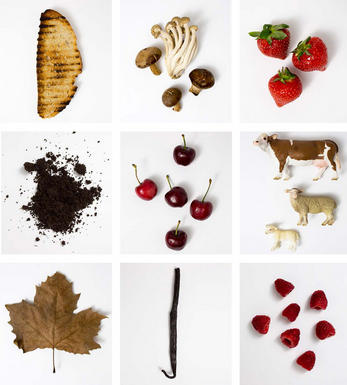
Pinot Noir
Pinot Noir is probably the most frustrating, and at times infuriating, wine grape in the world. However when it is successful, it can produce some of the most sublime wines known to man. This thin-skinned grape which grows in small, tight bunches performs well on well-drained, deepish limestone based subsoils as are found on Burgundy's Côte d'Or.
Pinot Noir is more susceptible than other varieties to over cropping - concentration and varietal character disappear rapidly if yields are excessive and yields as little as 25hl/ha are the norm for some climats of the Côte d`Or.
Because of the thinness of the skins, Pinot Noir wines are lighter in colour, body and tannins. However the best wines have grip, complexity and an intensity of fruit seldom found in wine from other grapes. Young Pinot Noir can smell almost sweet, redolent with freshly crushed raspberries, cherries and redcurrants. When mature, the best wines develop a sensuous, silky mouth feel with the fruit flavours deepening and gamey "sous-bois" nuances emerging.
The best examples are still found in Burgundy, although Pinot Noir`s key role in Champagne should not be forgotten. It is grown throughout the world with notable success in the Carneros and Russian River Valley districts of California, and the Martinborough and Central Otago regions of New Zealand.


Buying options
Add to wishlist
Description
-Royer: the name may not trip off the tongue, but the wines dance across it. Run by Michel Digioia, this is a tiny estate based in Chambolle-Musigny. Michel has a small parcel of Chambolle and even smaller plots of Premier Cru Nuits-St Georges, but the majority of his holdings fall under the appellation of Bourgogne Rouge and Bourgogne Hautes Côtes de Nuits.
This wine is made from a single parcel, planted in the 1950s, whose altitude (a relatively lofty 350 metres) results in wines with crunchy acidity and a real sense of energy. On the nose, expect aromas of blackberry and cherry. The tannins have softened with a few years in bottle, but there’s still satisfying grip to the palate, which makes this a rewarding match for meaty dishes. Drink now to 2024.
wine at a glance
Delivery and quality guarantee